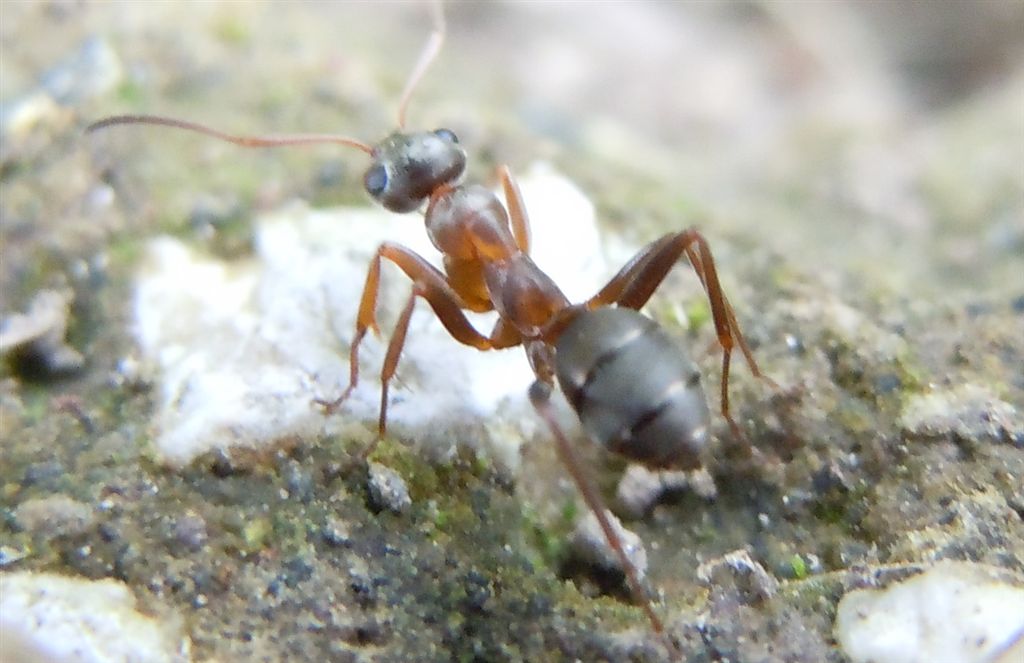Mobilization Strategies in Ants (Hymenoptera: Formicidae)
DOI:
https://doi.org/10.13133/2284-4880/1282Keywords:
foragers, mobilization strategies, baits, nest distanceAbstract
The mobilization strategies of ants have been studied quite well, but the questions of how far foragers of different species are able to move away from the nest remain unclear. The study of changes in foraging strategies depending on the type of habitat remains relevant. The aim of the work is to study mobilization strategies in 31 ant species. The study was conducted in 2019-2021 on the territory of 2 countries - Ukraine (Kyiv region and Kyiv) and Uzbekistan (Tashkent region, Tashkent). Pairs of baits (one carbohydrate and one with tuna) were laid out at a distance of 3 m from each other, in the form of transects. In total, 16 transects (417 pairs) were laid out in Ukraine in 9 types of habitats, in Uzbekistan - 5 transects (70 pairs of baits) in one type of habitats. The number of ants on each type of bait was recorded every 10 minutes, for 0-90 minutes. The distance to the nest from where the mobilization took place was also determined. It has been established that all ant species can be divided into 4 clusters according to the average distance to the nest from which foragers mobilize on the bait. Cluster 1 included 3 species of dominants, which were able to move away from the nest at a distance of up to 50 m, cluster 2 included 4 species of dominants, whose foragers could move up to a distance of 20 m. Cluster 3 included 23 species that moved away from nest at a distance of 0.2-2.0 m, cluster 4 - 1 species, foragers of it moved to a distance of up to 7 m. Preferences of bait types were noted in 15 ant species. The distance to the nest (F=9.02, p<0.001) had the greatest influence on the number of ants on baits among the considered factors, followed by species of ants (F=6.75, p<0.001) and habitat type (F=4.17, p<0.001). In habitats where an ant species mobilizes a smaller number of foragers, they have to travel, on average, long distances to a food source. Consequently, the abundance of food resources in the habitat of ants is determined by the average distance of mobilization from the nest - the smaller it is, the more resources.
Downloads

Downloads
Published
How to Cite
Issue
Section
License
Copyright (c) 2022 Stanislav Stukalyuk

This work is licensed under a Creative Commons Attribution-NonCommercial 4.0 International License.




